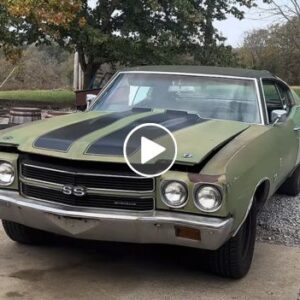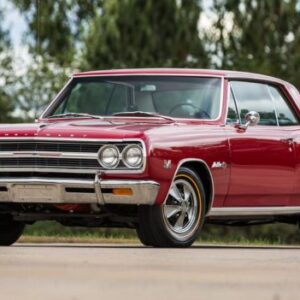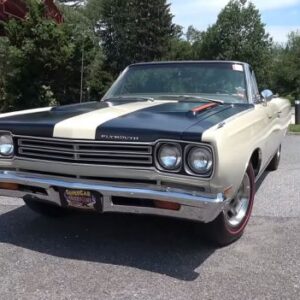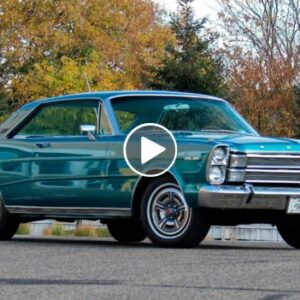One of Dodge’s shortest-lived nameplates from the golden muscle car era, the Super Bee was offered for only four model years. And while it debuted as a low-priced muscle car based on the Coronet, it was retired as an entry-level variant of the Charger.

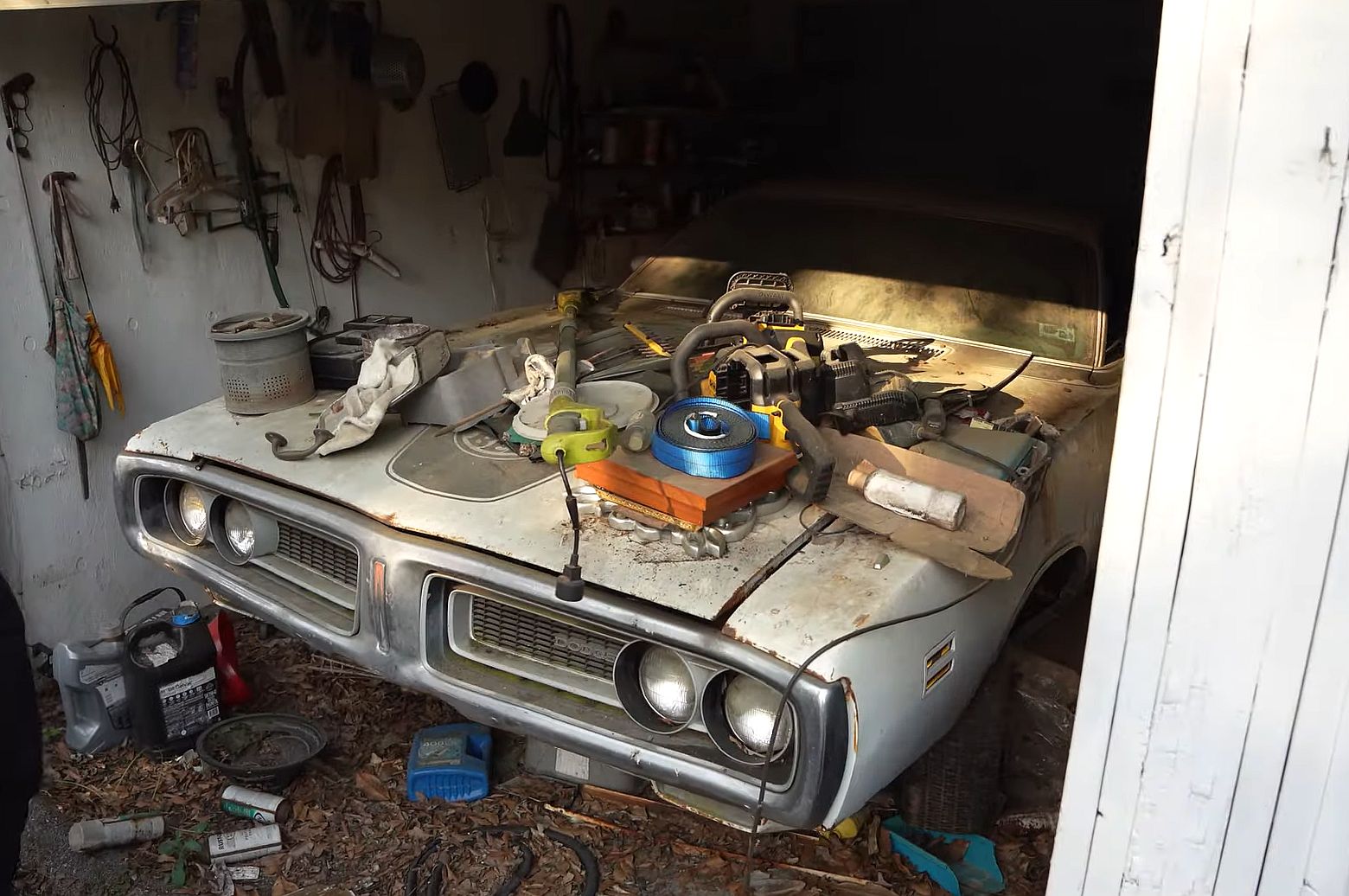

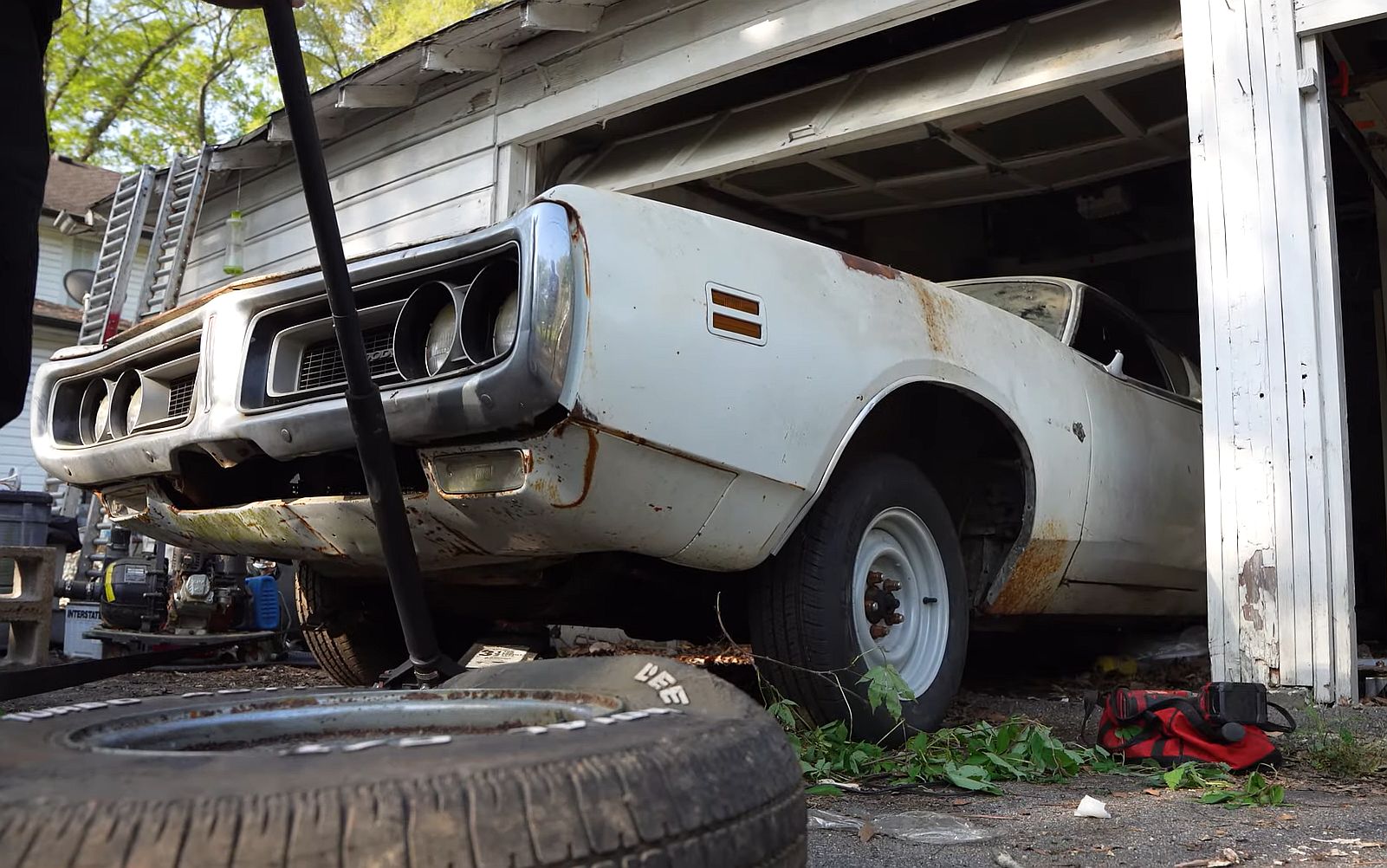
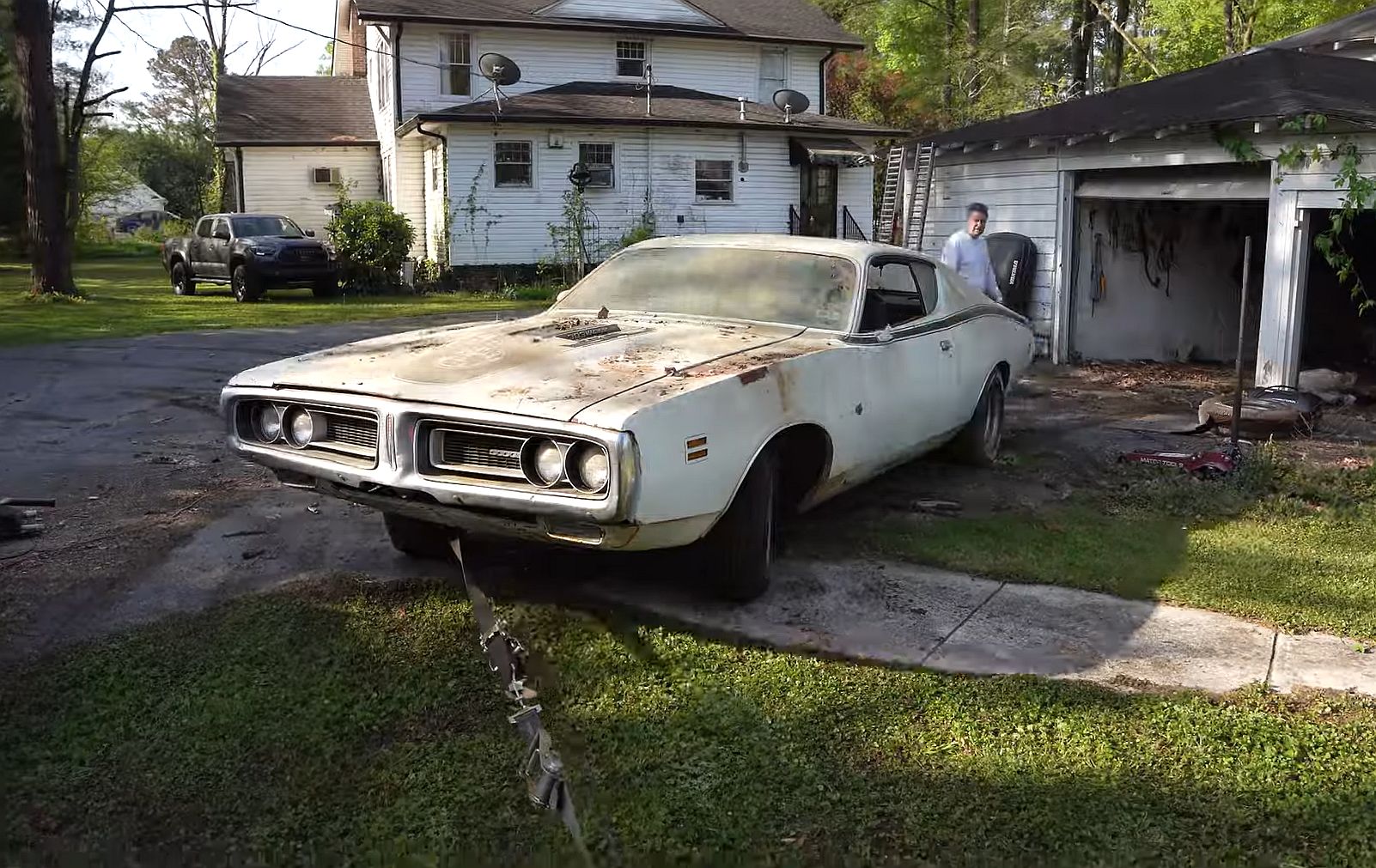
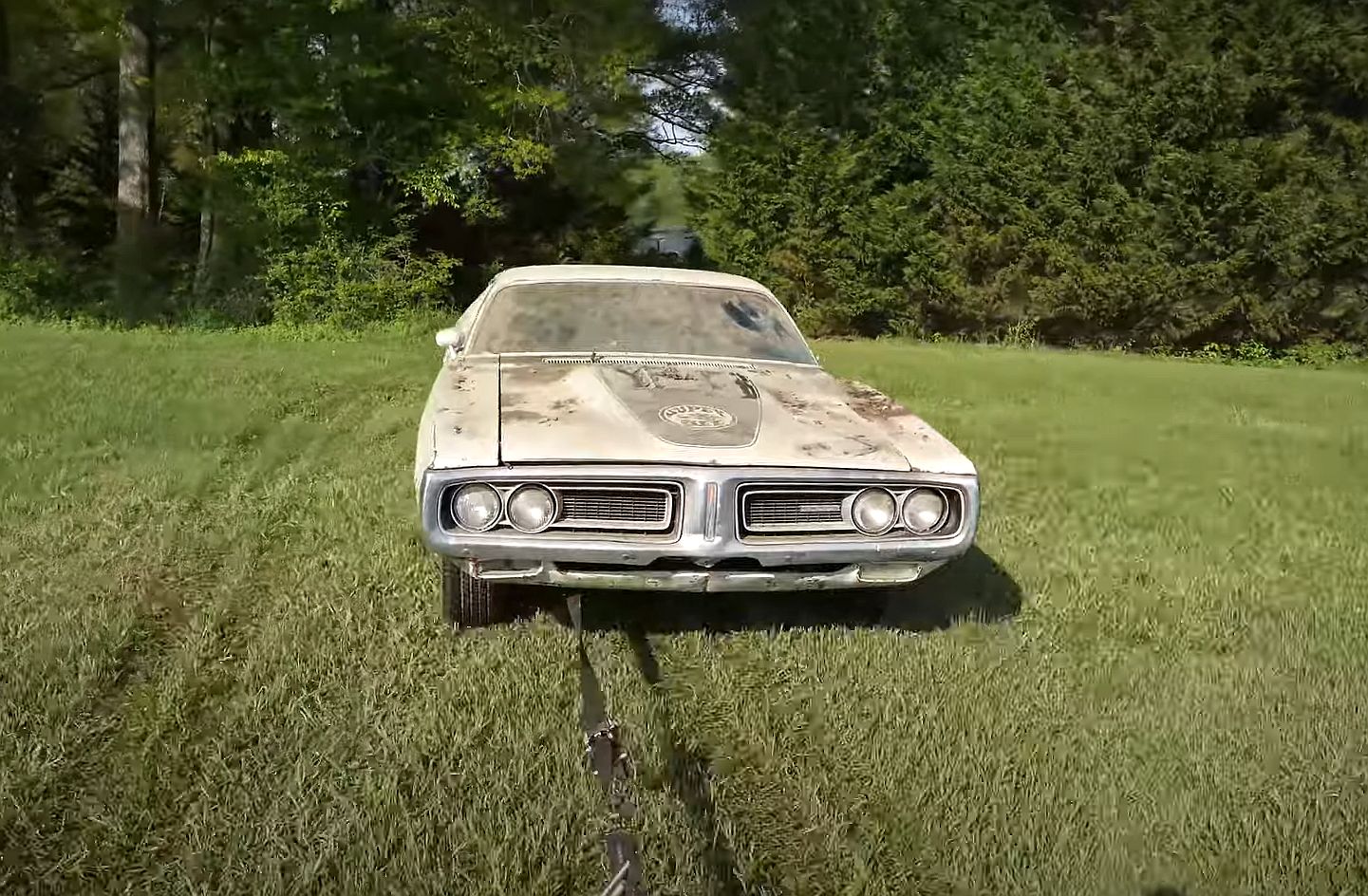
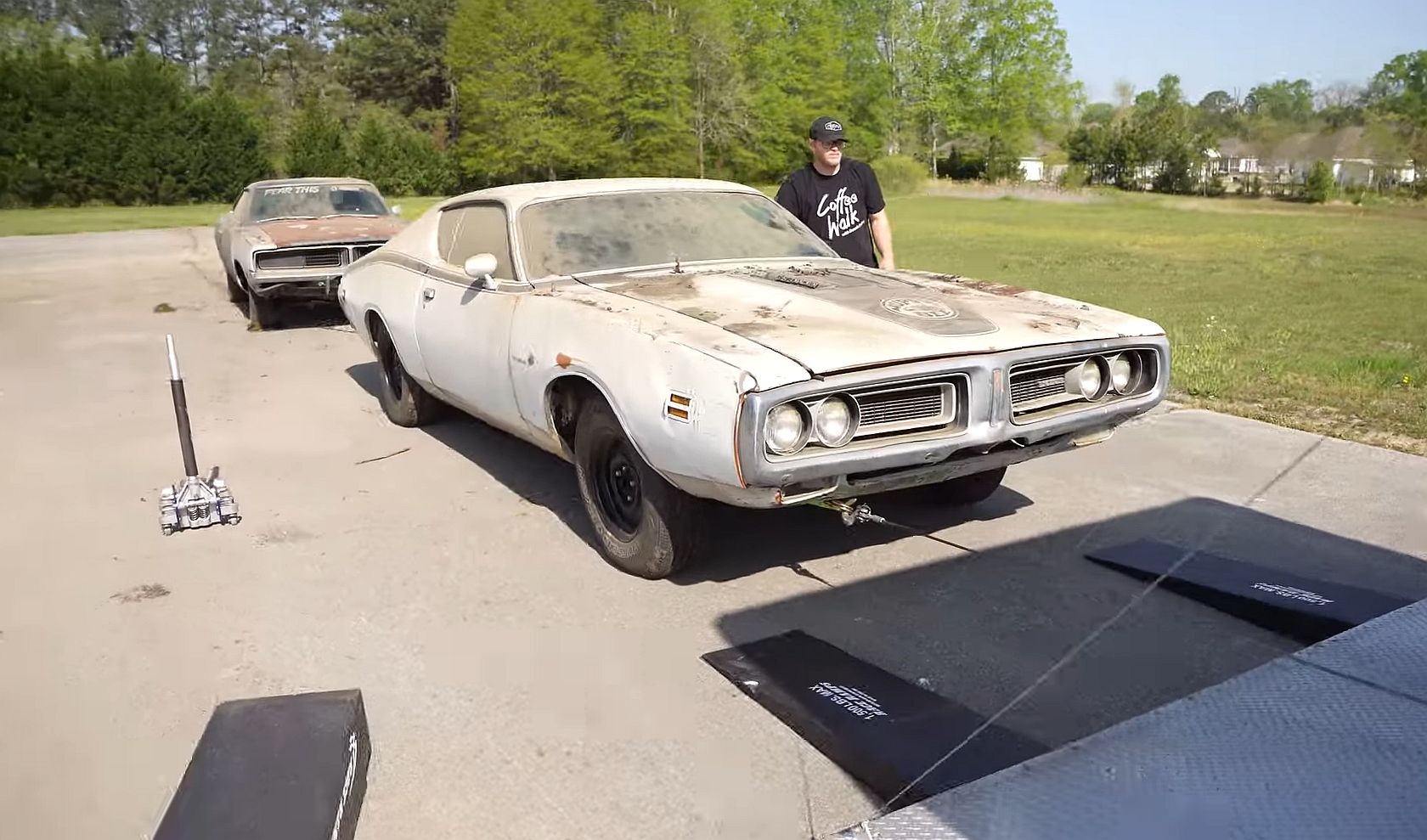
Dodge’s alternative to the Plymouth Road Runner, the Super Bee was a stripped-off Coronet from 1968 to 1970. It was also the cheapest way to get a Dodge with a Hemi V8. But it wasn’t particularly popular at first, because the company sold fewer than 8,000 units in 1968.
Sales jumped to an impressive 27,800 examples in 1969 but dropped to 15,506 in 1970. With the Coronet no longer available in two-door versions for 1971, the Super Bee trim was transferred under the Charger banner, becoming the nameplate’s entry-level model.
While still available with the Hemi alongside a wide variety of big-block V8 options, the 1971 Super Bee moved only 5,054 units. As a result, Dodge opted to discontinue the nameplate for 1972. Come 2022, and the 1971 Super Bee is the rarest of its kind.
Is it also the most expensive? Well, not quite. Concours-ready cars are rarely hitting the $100,000 mark as of 2022. But with so many Super Bees rotting away in junkyards, prices will probably go up and 1971 examples of the restored and survivor variety will soon become six-figure classics.
Dennis Collins is one of those guys who knows where the classic car market is headed and he just rescued a 1971 Super Bee that’s been sitting for more than three decades. Discovered alongside a 1969 Dodge Charger R/T in Chickamauga, Georgia, this Super Bee was parked a whopping 34 years ago.
Left in a barn when the previous owner passed away, the muscle car is in rough condition, but it’s still salvageable. Not as rusty as you’d expect from a car that’s been neglected for decades, it still sports its original white paint.
The engine is a bit of a mystery, but based on the layout, it’s definitely not the 440-cubic-inch (7.2-liter) RB or the extremely rare 426-cubic-inch (7.2-liter) Hemi, of which only 22 were built. It’s probably the 383-cubic-inch (6.3-liter) big-block, but we don’t know if it’s a numbers-matching unit or not. If it is, and that’s very likely given that it’s a family-owned vehicle, it should be worth a lot of dough when it’s restored.
And the really good news is that it will get a second chance at life. Until that happens, hit the play button below to see it coming out of its resting place for the first time in 34 years.
